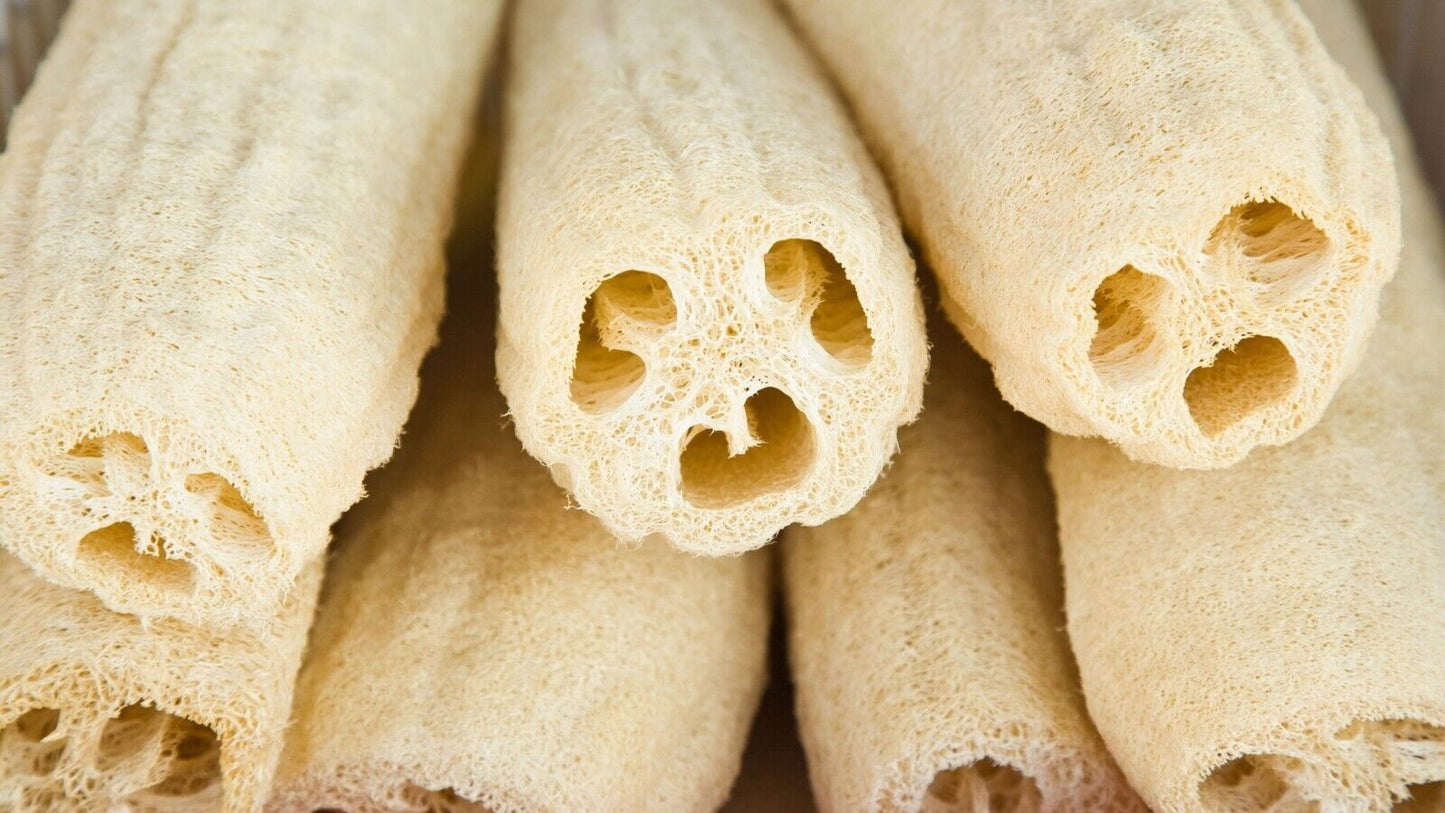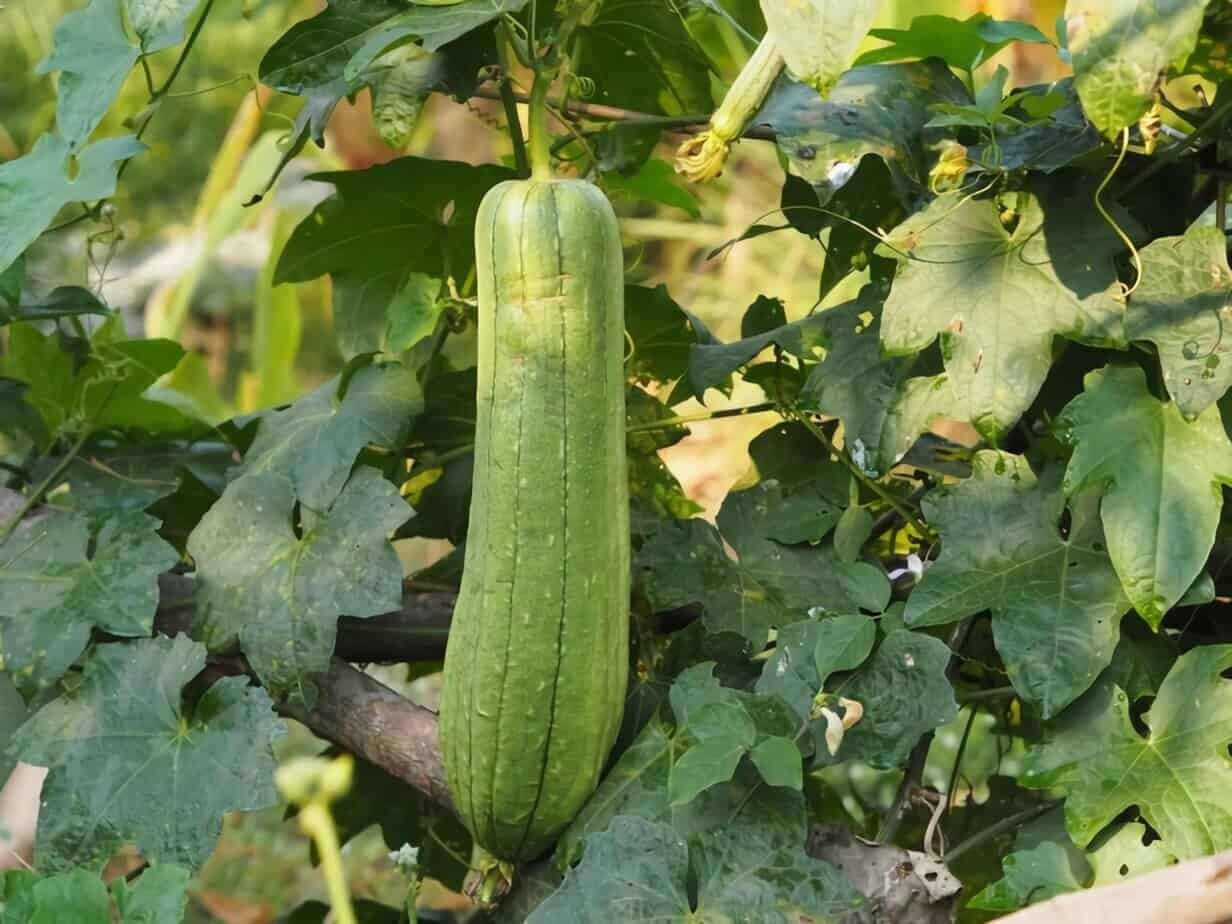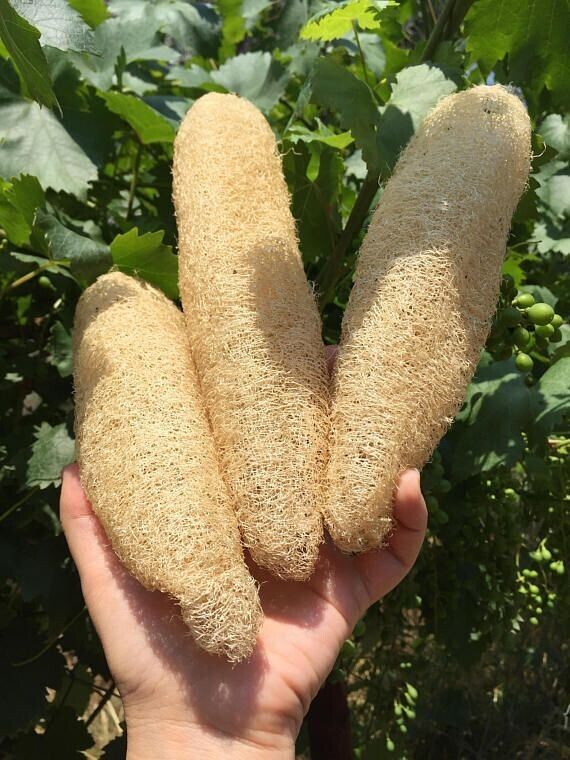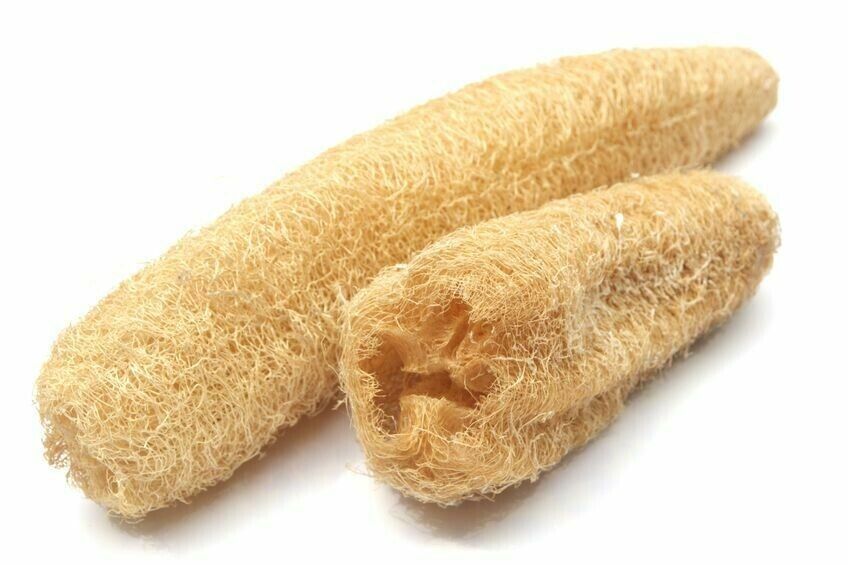Angell Inc London
Grow Your Own natural LUFFA sponge Seeds LOOFAH Fresh Vegetables Fruit
Grow Your Own natural LUFFA sponge Seeds LOOFAH Fresh Vegetables Fruit
Couldn't load pickup availability
Loofah seeds are perfect for growing your own unique and versatile crop. Luffa is a fascinating plant grown for its edible young fruits or for drying to create natural sponges. This vigorous climbing vine thrives in warm, sunny conditions and requires support, such as a trellis, to grow to its full potential.
If you’re looking to experiment with a fun, rewarding plant, loofah seeds are a fantastic choice for gardeners of all experience levels. Sow indoors in spring for the best results, and enjoy both their edible and practical uses!
How to Grow Loofah (Luffa) from Seeds
Loofah plants are part of the gourd family and are surprisingly easy to grow, given the right conditions. Here’s how to grow them successfully in the UK:
Start seeds indoors early in the season, planting them in individual pots to avoid root disturbance. Transplant outdoors once all risk of frost has passed, and the soil is warm. Regular watering and feeding will encourage healthy growth and a bountiful harvest.
1. When to Sow:
Start loofah seeds indoors in early spring (March to April) to give them a head start, as they need a long growing season.
2. Preparing the Seeds:
Soak the seeds in warm water for 24 hours before sowing to soften their tough shells and improve germination.
3. Sowing the Seeds:
Sow the seeds in small pots of seed compost, about 1–2 cm deep. Place the pots in a warm, bright spot such as a heated propagator or a sunny windowsill. Loofah seeds need warmth to germinate, ideally around 20–25°C.
4. Transplanting:
Once the seedlings are about 10–15 cm tall and all risk of frost has passed (typically late May or early June), harden them off by gradually introducing them to outdoor conditions over 7–10 days.
5. Planting Out:
Plant your loofah seedlings in a sunny, sheltered spot with fertile, well-drained soil. Loofahs are climbers, so provide a sturdy support such as a trellis, fence, or canes for the plants to grow up.
6. Caring for Loofah Plants:
Water regularly, keeping the soil consistently moist but not waterlogged. Feed the plants every two weeks with a high-potassium fertiliser (like tomato feed) to encourage flowering and fruiting.
7. Pollination:
Loofahs produce male and female flowers. For successful fruiting, the female flowers need to be pollinated. If pollinators are scarce, hand-pollinate using a small brush to transfer pollen from male to female flowers.
8. Harvesting:
For use as sponges, allow the loofahs to mature fully on the plant until the skin turns brown and dries out. Pick the fruits, peel off the skin, and remove the seeds. For eating (when young), harvest the fruits while they are still tender and green.
Share







Collections
-

Dress Jewellery Gifts
See our Beautiful Collection of Summer Holiday Dress Jewellery, Beach wear, Christmas...
-

Pet Gifts Personalised
Personalised Pet Gifts personalised Scent Blankets, Pet Christmas Stockings, towels, bandanas ,...
-

Designer Hats
Designer Hats For Adults Him Her Men Women Workwear Construction Hat for...
-

Christmas Gifts Personalised
Browse our range of luxury Christmas stockings, personalised with any name. Our personalised...
-

Gifts for Everyone
Personalised Gift shop offering Custom Bespoke Gifts for all Occasions. Personalised With...
-

Baby Gifts Personalised
Personalised Baby Gifts for Newborns Girls & Boys Childrens Presents with Embroidered...














